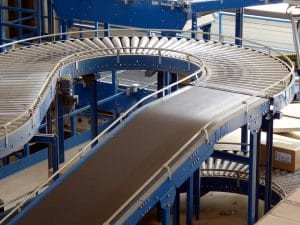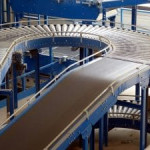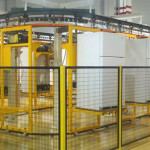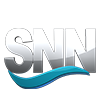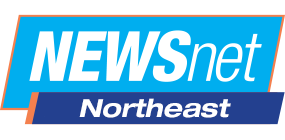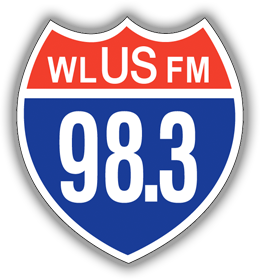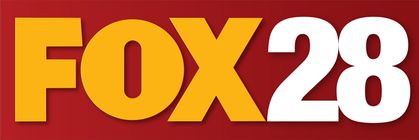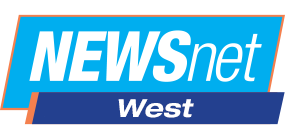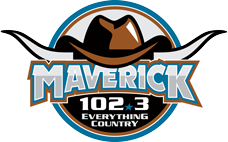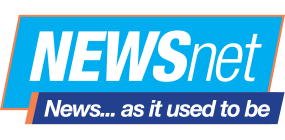
Overhead material handling conveyors are a great space-saving option for your warehouse. But with that convenience comes the necessity of extra safety precautions. If people or machinery pass under your overhead conveyors, it’s important that the proper clearance is set, among other safety concerns. Consider these tips for effectively and safely setting overhead conveyor clearances.
For people walking under conveyors…
you will need a minimum of 7 feet of clearance. The measurement should be taken from the lowest hanging part of the conveyor system. It is recommended that you allow more than 7 feet as a buffer. Underside bed covers should be installed in case of any clearance less than 10 feet to protect people from the conveyor's moving parts.
Forklift clearance…
It should be at least 9 feet from the lowest hanging part of the overhead conveyor system. This measurement is based on average-sized forklifts and the concept that forklifts will be traveling with lowered masts. It’s essential to know the height of your forklifts and any other moving machinery that may pass underneath to ensure there is enough clearance.
Safety guardrails and posts…
can help to prevent forklift conveyor accidents. If a forklift crashes into a conveyor, productivity will be halted until repairs can be made. These safety features can save your business a lot of time and money.
Conveyor safety nets…
are a valuable precaution that prevents falling items from causing injury. Products or parts could fall off of overhead conveyors and land on people passing underneath. Safety nets will catch anything that falls and prevent unfortunate accidents from occurring.
Restrict passage…
when necessary so that people aren’t walking underneath when the conveyor is moving. This may only be possible in some warehouses, but if it can be done, it will increase warehouse safety. Use chains, temporary guardrails, or other barriers to restrict passage at certain times.
Signage…
will also increase safety under and around overhead conveyor systems. Warning signs to alert workers of low-hanging equipment and to announce temporary restrictions are helpful and, in some situations, required.
Overhead clearance sensors…
alert forklift drivers to clearance hazards with alarms and flashing lights. If the forklift or the load it carries is too high to clear a ceiling, shelf, or overhead conveyor system, the alarm will sound, and lights will flash to warn the driver to stop and avoid a collision.
Overhead Material Handling Conveyors are Safe When Installed with Proper Clearance
If you have any questions or concerns about your overhead conveyor system clearance, call Carolina Material Handling. The experts at CMH can help in many ways, from installation to inspection of existing conveyor system clearance. Don’t risk the safety of your employees; get professional consultation regarding your overhead material handling conveyors. This will help you avoid losses from workers’ compensation, as the cost of nearly any claim will surpass the price of safety equipment and installation. Call (336) 294-2346 to speak with a knowledgeable staff member about your conveyor system.
